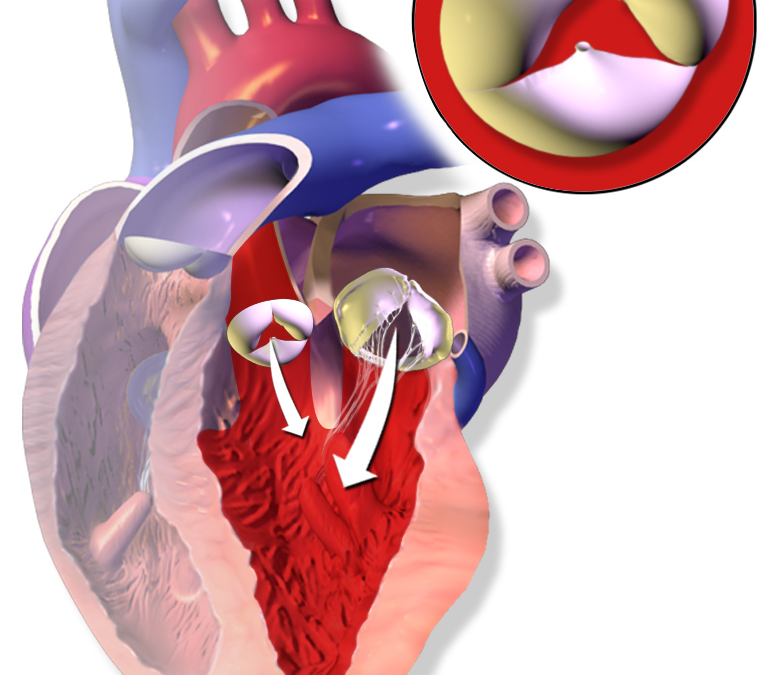AORTIC REGURGITATION
What is aortic regurgitation?
Aortic valve insufficiency (or aortic insufficiency) is characterized by incomplete closing of the valve during diastole, resulting in the emergence of reverse diastolic blood flow from the aorta into the left ventricle. It means that the left ventricle has to pump more and more blood and has to grow then, working out.
Symptoms of aortic regurgitation are not quite definite in their strength. They can differ from weak to severe. For many years the disease can stay unnoticeable to the bearer. And sometimes only on late stages when the situation has worsen completely, the symptoms will show up. It can be shortness of breath, fatigue (mainly during the extra activity), heart arrhythmias (abnormal heartbeat), edema or chest pain (angina pectoris).
What causes aortic regurgitation?
It can be caused by many different reasons. Bicuspid aortic valve is the main source. It means that since birth the valve was deformed thus it has two cusps instead of three. There are other congenital (i.e. appeared from birth) heart diseases which lead to the aortic regurgitation. Thus, it can be heart infections, like infective endocarditis or rheumatic fever. Also the Marfan syndrome or hypertension can make the aortic root (the connection of the aorta with the ventricle) widen.





